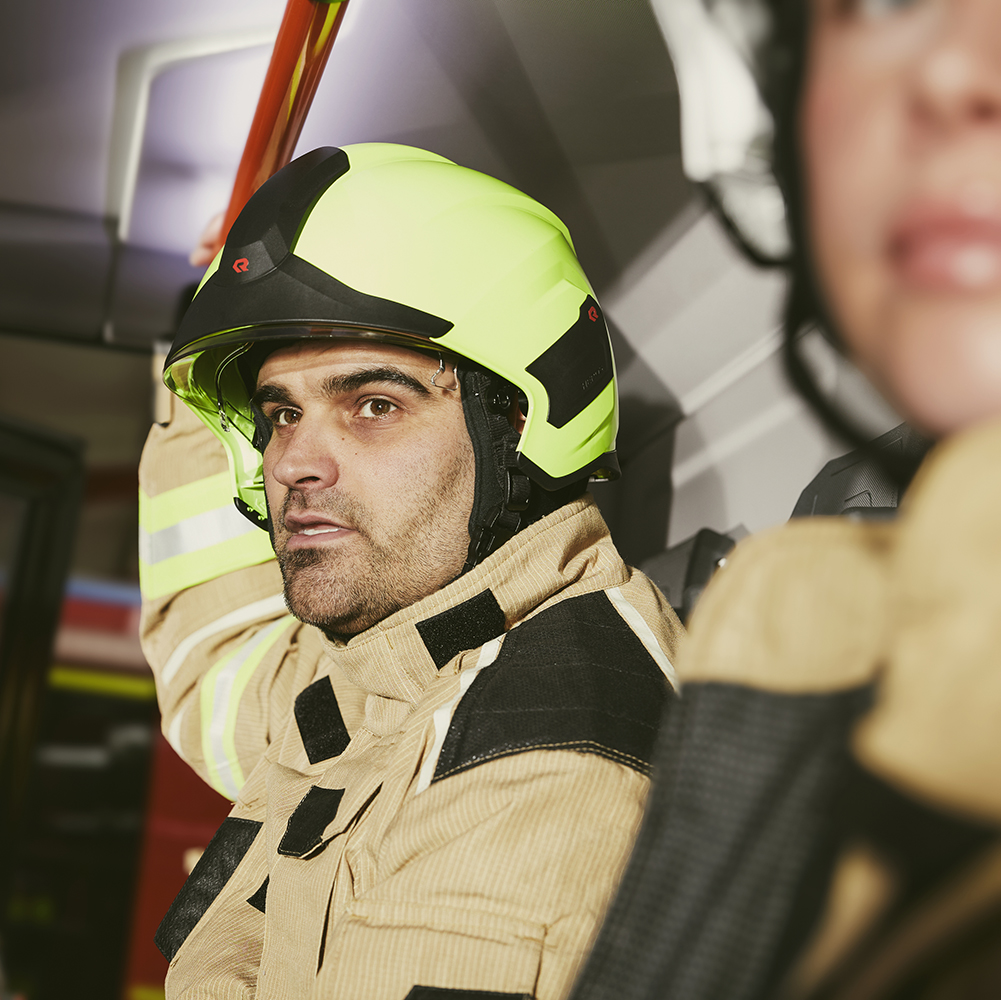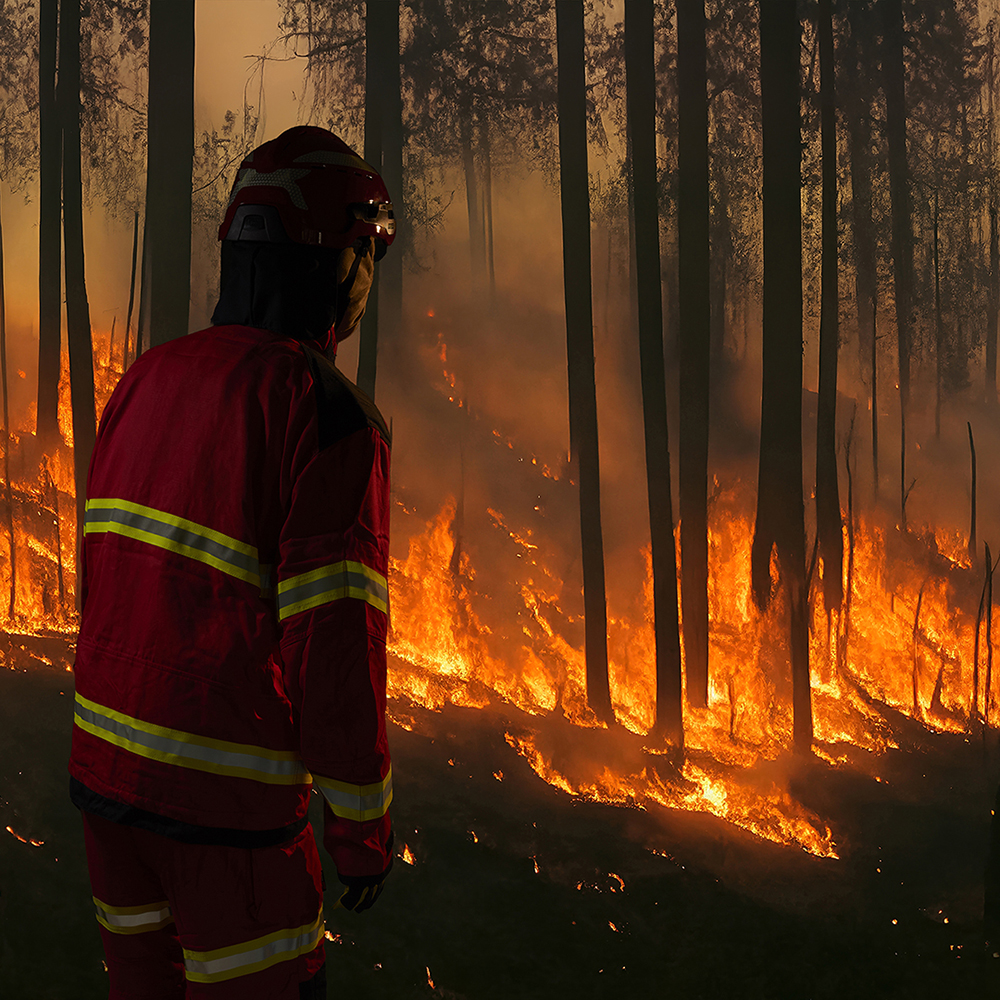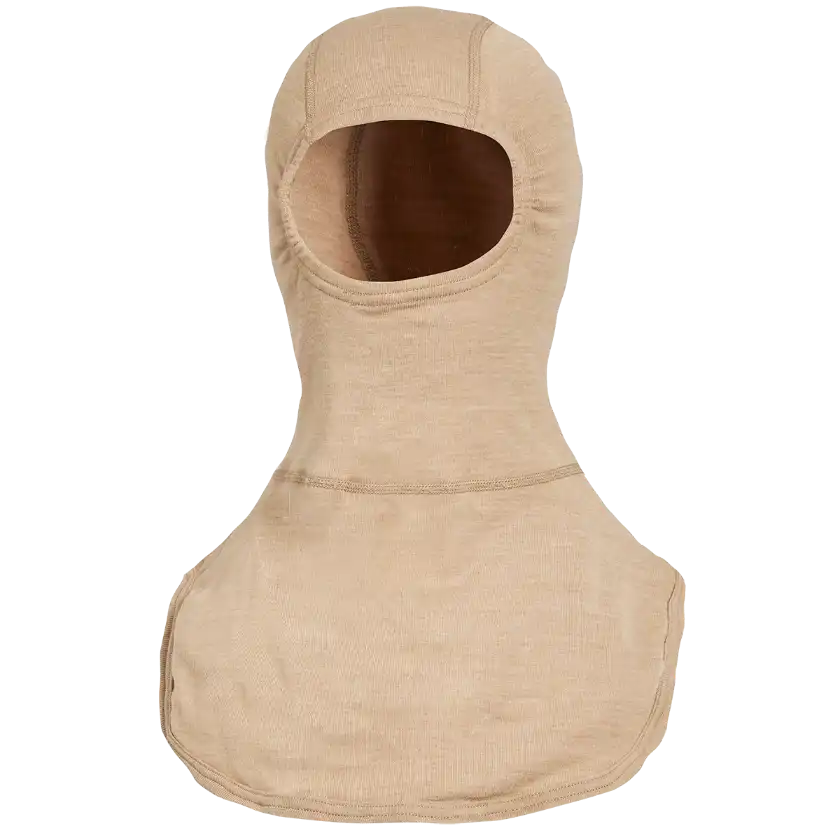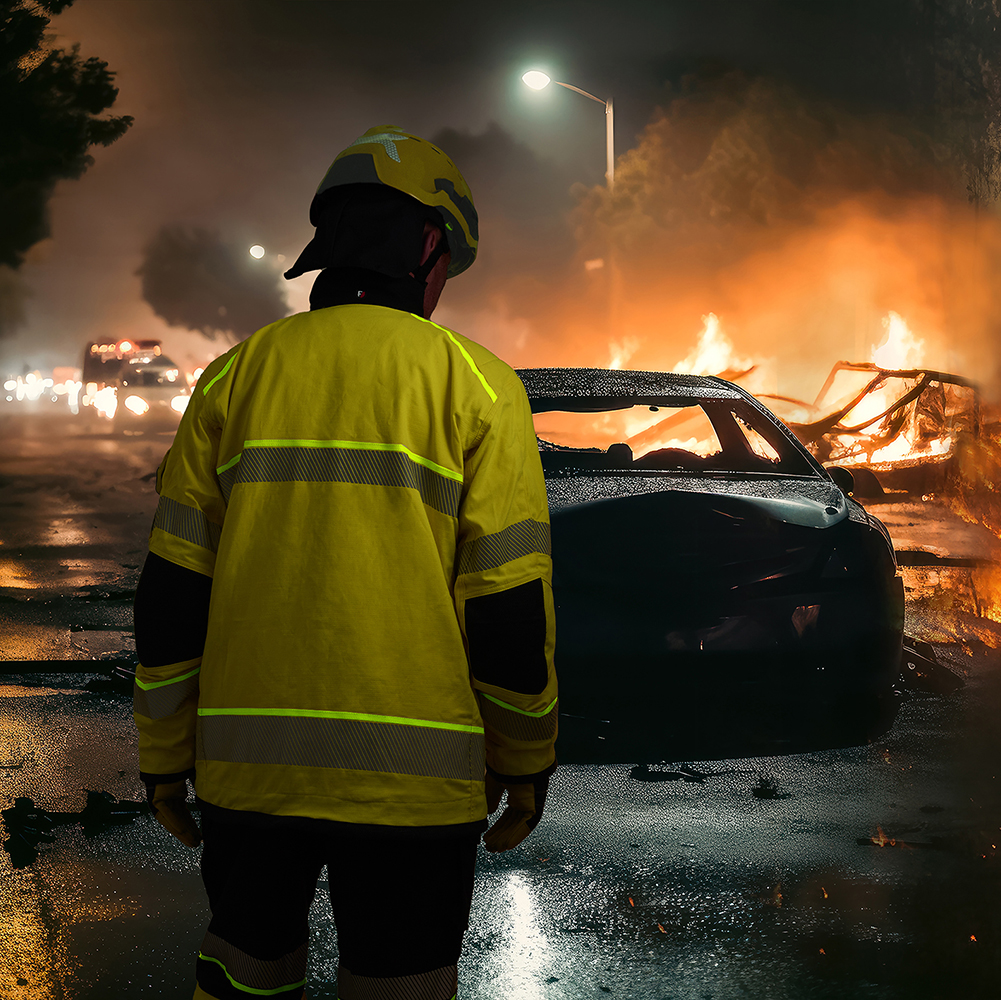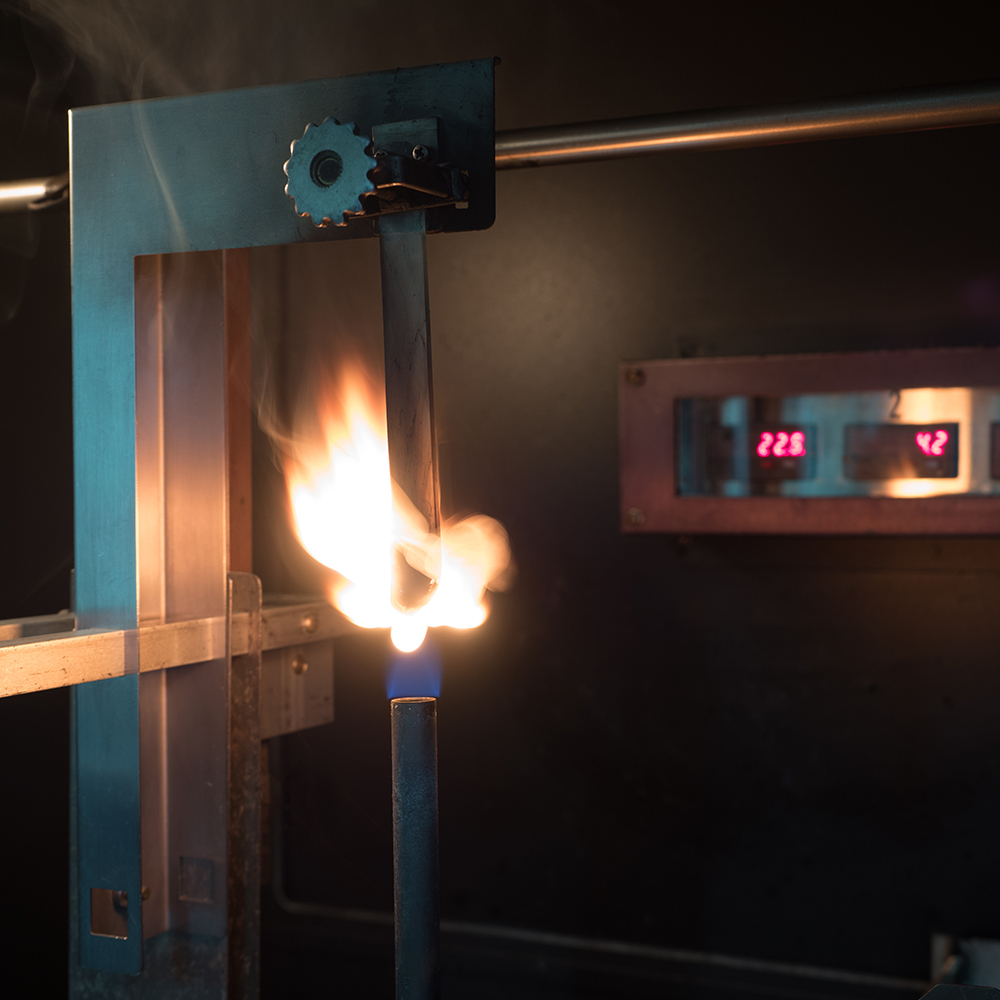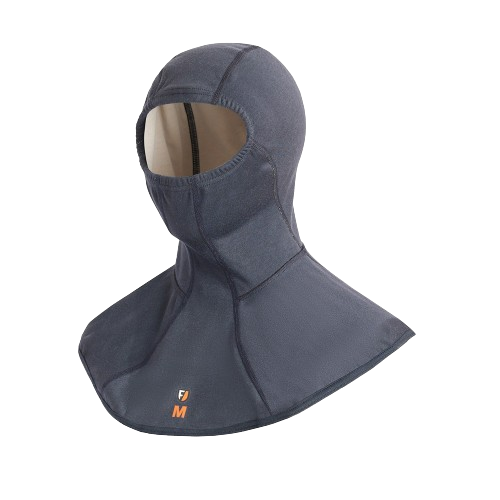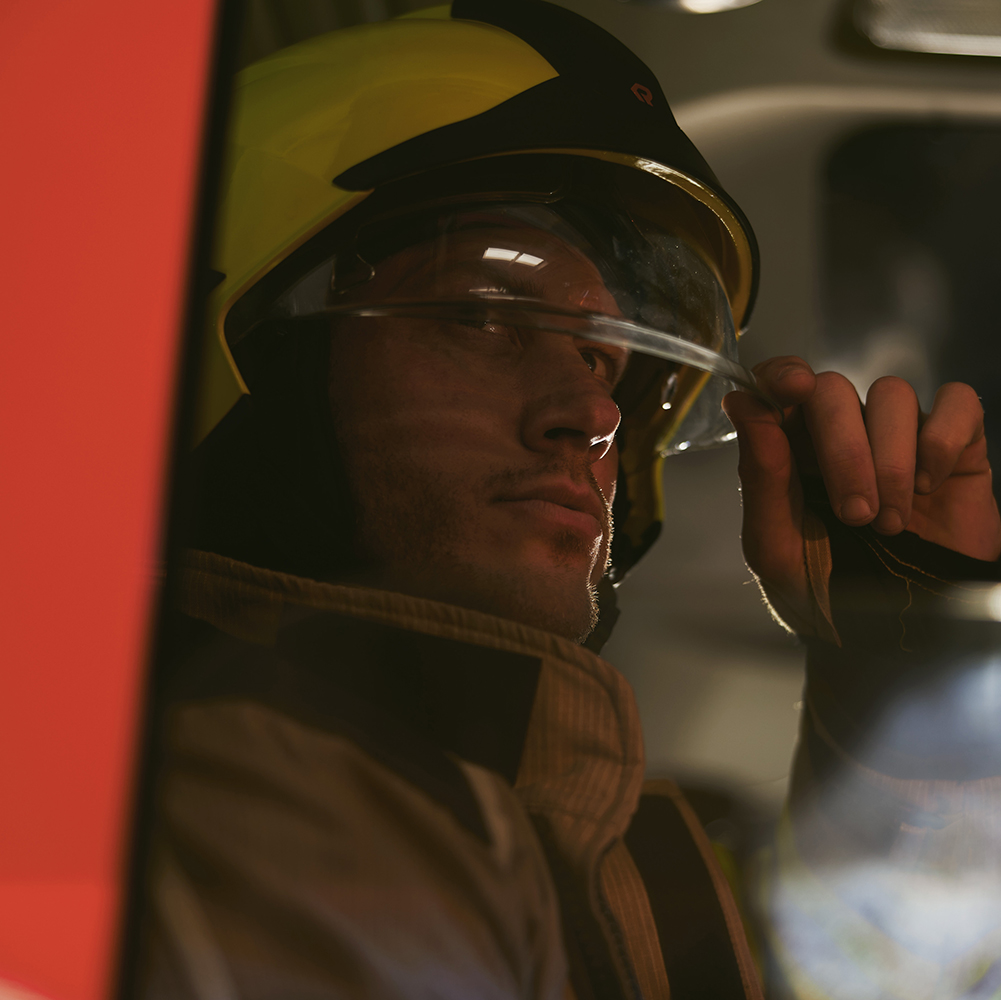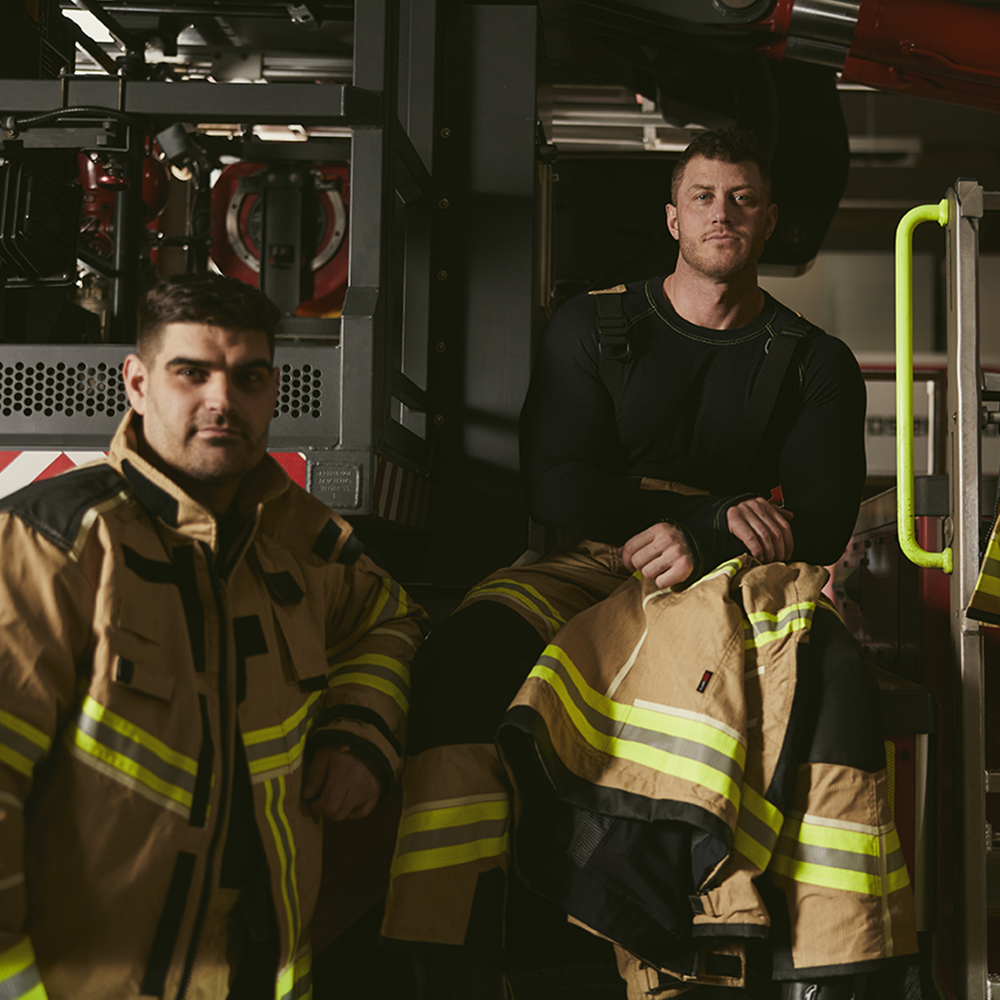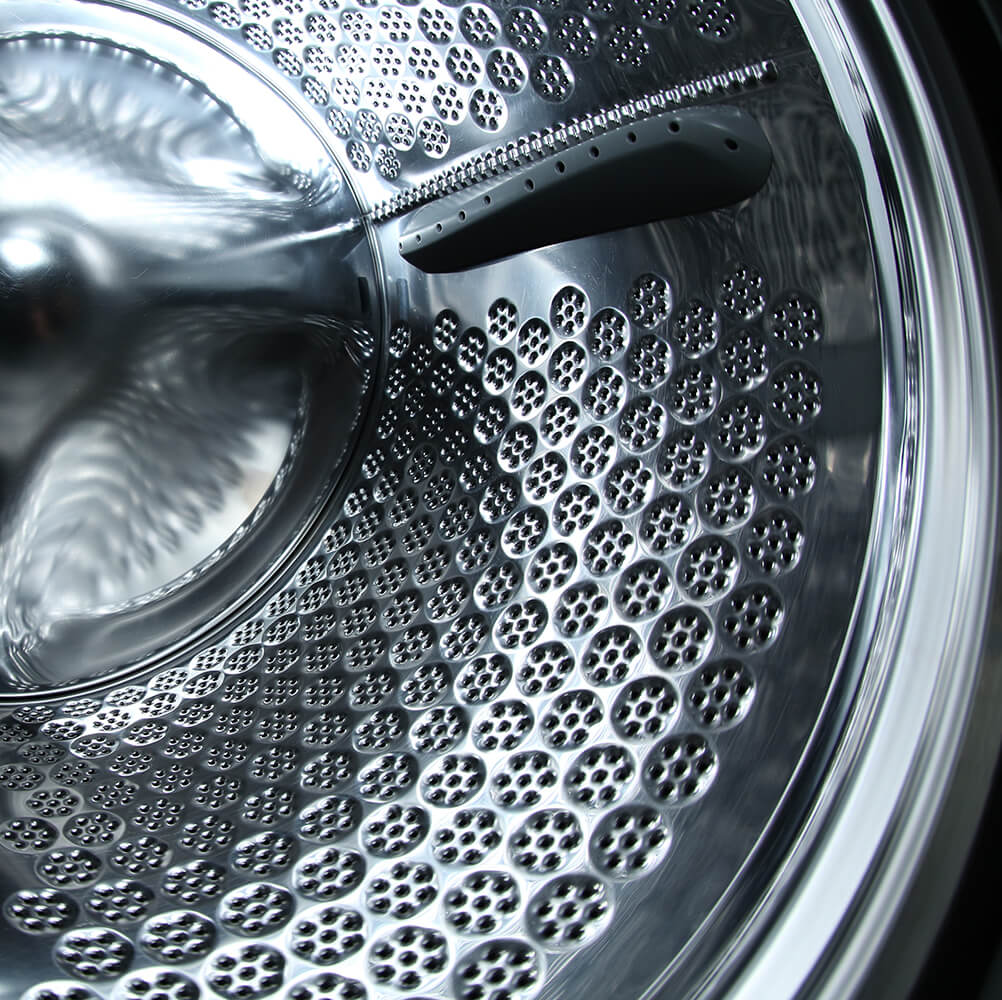The European standard for firefighter protective clothing – BS EN469 – has been revised and published in 2020. The new standard makes several key changes and improvements on the 2005 version, which we thought it would be helpful to explain for you here.
Key changes in BS EN469 2020
The updated standard increases the requirement for flame spread and heat resistance testing of:
• Any reinforcement material
• Anti-wicking barrier – which also has size limitations added
• Drain mesh – which also has size limitations
• Hardware – must be tested for heat resistance only
• Any label (> 10cm2), badges and retro reflective materials must be tested for flame spread as part of the whole garment
It also sets a design requirement and specifies performance testing for external pockets and gives detailed instructions about how to test hardware. The heat resistance of sewing threads must now be tested to 260°C.
But the biggest change in the new standard relates to testing the ability of a garment to perform in its “as received” state. The previous standard – BS EN 469:2005 – only required garments to meet the standard after having been laundered five times. The new standard makes it clear that garments need to provide relevant protection against heat transfer and radiant heat from day one of use.
Why testing “as received” is important
It’s critical that firefighters have confidence in their kit and it’s ability to protect them from the extreme conditions they can face. In theory, the fibres of fabric fluff up and fabrics open up during laundering, increasing the heat protection a garment can provide.
As the previous standard stated garments had to meet the requirements after being laundered five times, it is technically possible that a brand new garment didn’t meet the standard.
The impact of this change to testing might be that garments need more insulation to ensure they pass the test parameters in new condition. This could make garments heavier, so needs careful consideration when specifying new kit.
Aiming for a lower HTI (Heat Transfer Index) value will deliver the same heat protection to your crews. A value of 18 should be the new expectation, where 20 might have been the previous spec. There will be a weight difference between garments delivering 18 and 20 when tested as new.
Changes to chemical repellancy testing added to BS EN 469:2020
Firefighters’ protective clothing needs to provide a level of protection against chemicals by repelling them to stop them soaking into the garments and potentially getting on to firefighters’ skin.
BS EN469:2020 makes a couple of changes to the requirements for testing a garment’s ability to repel chemicals, reducing the list to just two for outer fabrics – H2SO4 and O-xylene – and adding a new requirement for testing the deterioration of a garment’s ability to repel chemicals due to cleaning.
There have also been a number of changes to the annexes in BS EN 469:2020:
• Annex A: Assessment, evaluation, and determination of the property values for rating and performance classification
• Annex B: Contamination during use: guidance on cleaning and risk prevention
• Annex C: Summary of the clothing heat and flame protection; selection, use, care and maintenance guidance
• Annex D: Updated information on the optional whole garment test for level 2 garments using EN ISO 13506-1:2017 (currently under revision)
• Annex E: Information on the new test method available for assessing the physical impact of the suit using a sweating torso
The timeline for changing to all firefighter garments complying with BS EN469:2020
As when all standards change, the new standard is not retrospective, so it is not the case that PPE has to immediately meet the new standard.
Here at FlamePro we’re making sure that all of our new launches will meet the 2020 standard and we’ll re-test and re-certify any items in our range as part of our ongoing certification updates. So you can continue to buy FlamePro firefighter PPE with confidence knowing that it will protect your crews the way it needs to.
If you want some help with explaining the changes to BS EN469:2020 – the firefighter protective clothing standard, give one of our friendly team a call on +44 (0) 1332 341030.
